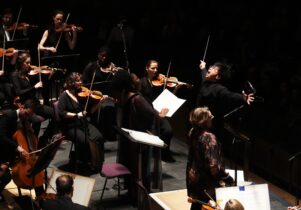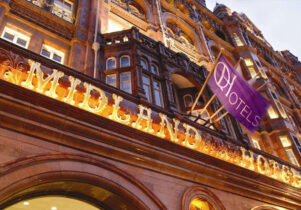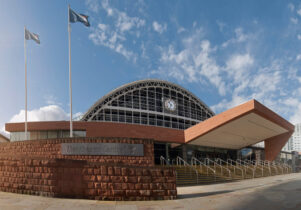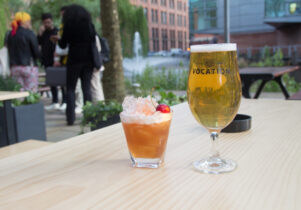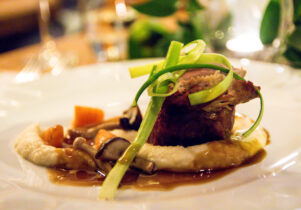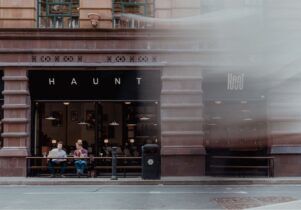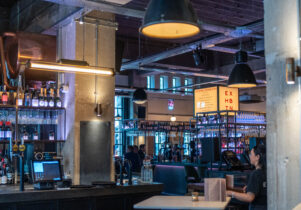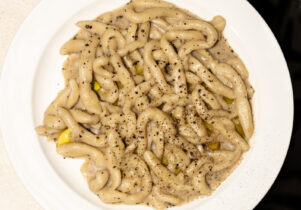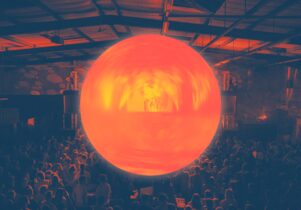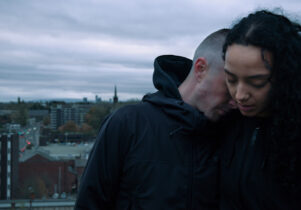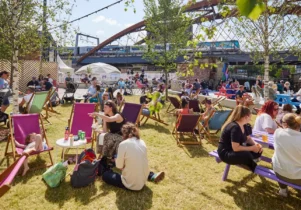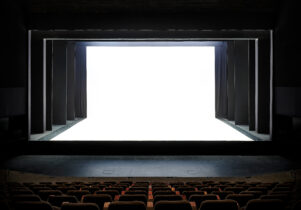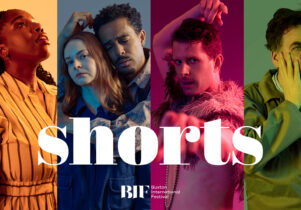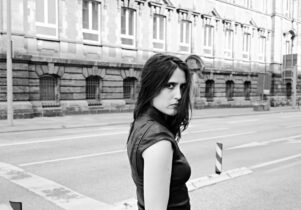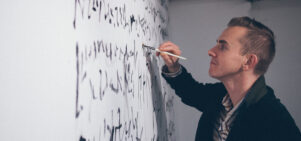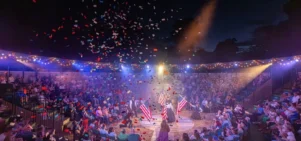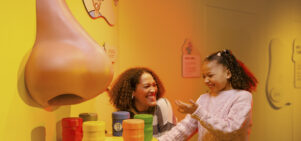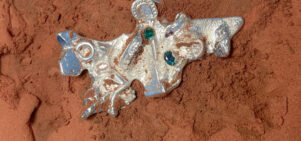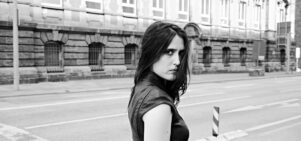The Hallé – The Rite of Spring at The Bridgewater Hall
Johnny James, Managing EditorBook now
The Hallé - The Rite of Spring
Always double check opening hours with the venue before making a special visit.
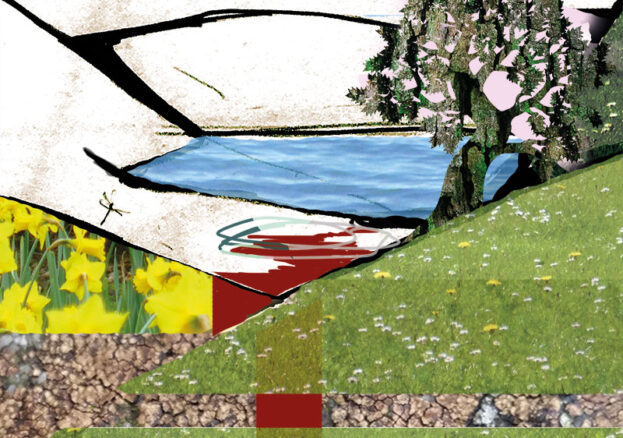
This concert features three highly contrasting masterpieces: The Rite of Spring by Igor Stravinsky, Verklärte Nacht by Arnold Schoenberg, and Parade by Erik Satie. Composed within a timeframe of eighteen years, each of these works represents a significant landmark in our cultural history. This programme will be conducted by Sir Mark Elder and performed by the Hallé Orchestra, in a concert which promises to thrill.
Few musical works have had such a profound influence or evoked such controversy as The Rite of Spring. The notoriety of its premiere in Paris in 1913 is well-documented. In addition to the outrageous costumes, provocative choreography and bizarre story, Stravinsky’s seminal music was perceived by the audience to be utterly scandalous. With an explosive sense of musical movement, it is angular, dissonant and unpredictable, featuring irregular rhythms which totally sidestepped conventions in Classical and Romantic music. Over one hundred years after its conception, the composer’s extraordinary evocation of pagan fertility rites retains its ability to rouse, excite, and shock.
Presented alongside The Rite of Spring is Schoenberg’s breakthrough work, Verklärte Nacht, in which the abundantly inventive composer pushed traditional tonality close to the point of no return. Veering between diatonic purity and unnerving chromaticism, the work foreshadowed Schoenberg’s infamous serial music, which would come later in his career. Inspired by a poem by Richard Dehmel, Verklärte Nacht is credited as the first programmatic chamber music, taking Liszt and Strauss’s orchestral tone poems into a more intimate arena. Passionately charged, the piece is poised precariously between faith and despair. Perhaps it is this instability which makes it still resonate in the world of 2018.
Joining these pieces is Parade by Erik Satie. The composer’s first ballet, its premiere provoked an even bigger riot than The Rite of Spring’s four years earlier. This was of course no usual ballet. In a project which is hard now to believe actually existed, Parade was a collaboration of Europe’s leading avant-garde artists: Jean Cocteau and Pablo Picasso, who created Parade for Sergei Diaghilev’s dance company the Ballets Russes. It was deeply experimental, and brought common street entertainment into the high art of ballet for the first time. Matching Picasso’s bold aesthetic, Satie’s surreal score was bizarre in the best possible way, with instrumentation that included gun shots, sirens and a typewriter. We look forward to seeing how this wild score is negotiated at The Bridgewater Hall!
